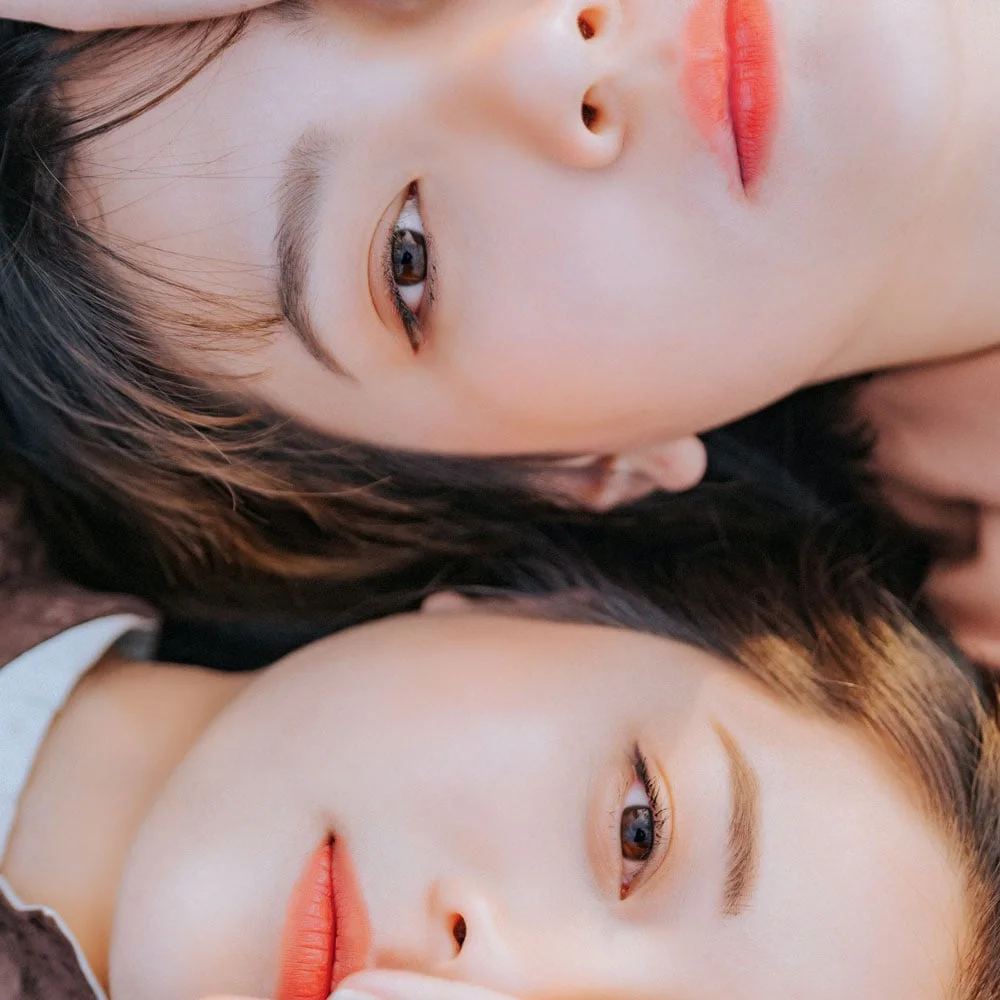Here's what we'll cover
Here's what we'll cover
Most people want to look younger—and the cosmetic industry has no problem exploiting that desire. There are countless skin creams and serums that boast all sorts of anti-aging properties. How do you know what works? One thing that has been scientifically proven to help reduce wrinkles is tretinoin. Let’s dive deeper into how you can use tretinoin to achieve more youthful-looking skin.
What is tretinoin?
Retinoids are a family of drugs, including and derived from vitamin A (retinol). Tretinoin is one of the better-known members of this class, which also includes isotretinoin and alitretinoin. Tretinoin (brand name Retin-A)—whether lotion, cream, or gel—is only available by prescription while other retinoids, like retinol, are available over-the-counter; the over-the-counter retinoids are not as effective as their prescription counterparts.
Tretinoin has been used for years by dermatologists to treat skin conditions like fine lines, wrinkles, and sun-damaged skin. It comes in different forms, so you should talk to your dermatologist to decide which strength is best for you to maximize efficacy while minimizing side effects. The lowest dose of topical tretinoin is 0.01%, and 0.1% is the highest, with concentrations in between.
Tretinoin Important Safety Information: Read more about serious warnings and safety info.
Tretinoin and wrinkles
To better understand why tretinoin can help treat your wrinkles, you should understand why wrinkles develop in the first place. Experts estimate that up to 80% of the aging changes in your skin, such as fine lines and wrinkles, may be due to sun exposure and not just getting older (Guan, 2021).
Every time your skin is exposed to the sun, it receives both ultraviolet A (UVA) and ultraviolet B (UVB) rays; both cause damage to the skin. Sun damage causes you to look older than you naturally would (a process also called photoaging or premature aging) and gives you those fine wrinkles you notice on your face. Photoaging causes your skin to lose cells, collagen, and its ability to turn over normally. Loss of collagen, sun damage, and years of smiling and frowning can cause fine lines and wrinkles on your face (Guan, 2021).
How can tretinoin fight the aging effects of the sun? Tretinoin increases skin cell turnover, allowing new cells to replace the sun-damaged ones. It also helps by affecting how your skin cells respond to those damaging UV rays.
Several studies have shown that tretinoin can help improve skin elasticity (tightness) and the appearance of wrinkles. It can also improve skin texture and even out your skin tone. It accomplishes these feats by helping your skin cells replenish their collagen stores and by blocking UV-light-induced protein breakdown (Riahi, 2016).
How long does it take to see results from tretinoin?
While tretinoin is effective, it does take several weeks of tretinoin use before you start to see results, so be patient!
In the first 1–2 weeks, you may notice skin irritation—this is a normal skin reaction to tretinoin. Then, at about 2–4 weeks, the irritation starts to resolve, and you get a microscopic improvement of cell turnover. However, it can take as long as 16 weeks for you to see significant improvement in your skin (Leyden, 2017).
In short, tretinoin is a long-term treatment—and not a quick fix—for fine lines and wrinkles.
How to get the most out of using tretinoin for fine wrinkles
If you are trying to improve fine wrinkles with tretinoin, you should also use adequate sunscreen (at least SPF 30) and wear protective clothing when outside to prevent ongoing sun damage and photoaging (Guan, 2021).
Tretinoin may make your skin more sun-sensitive, which is another reason to use sunscreen daily. Other common side effects of tretinoin (and other retinoids) include skin irritation, redness, scaling, dryness, burning, stinging, and peeling (Yoham, 2020). Using moisturizers regularly may decrease some of these side effects and improve your skin's appearance.
Since this is a long-term treatment, be prepared to use tretinoin for at least four months before you see the full benefits (Leyden, 2017). Lastly, be sure to use tretinoin consistently and as prescribed by your healthcare provider. The improvements in fine wrinkles disappear after you discontinue the drug.
How to choose the right form of tretinoin
Tretinoin is only available by prescription, so you need to consult your healthcare provider to determine if (and which form of) tretinoin is right for you. Choosing the correct form and concentration of tretinoin will depend on each person's skin.
Your healthcare provider will often start at the lowest dose to minimize side effects: tretinoin 0.01% up to 0.05% cream or gel applied nightly or every other night is a common way to start. Depending on how well you tolerate the treatment, the concentration and frequency of tretinoin may increase gradually over several weeks, with the highest option being 0.1% tretinoin applied daily (Yoham, 2020; Riahi, 2016).
How to use tretinoin for wrinkles
Tretinoin is a topical medication applied directly to the area with fine lines and wrinkles, usually at bedtime. Wash your hands and face with a mild, unmedicated cleanser and water. Wait 20–30 minutes to make sure that your skin is thoroughly dry before applying the medication. Tretinoin should be applied sparingly using a thin layer or pea-sized amount of lotion, cream, or gel.
Don’t let tretinoin get into your eyes, ears, mouth, the corners beside your nose, or vaginal area, and be careful not to apply to any areas of sunburn. You should avoid washing your face for at least one hour after applying tretinoin. Be sure to discuss any other skincare products you may be using with your healthcare provider, as the combination may increase sensitivity and irritation.
Side effects of tretinoin
While tretinoin is generally safe, like all medications, it does carry the risk of side effects. The most common side effects include (DailyMed, 2020):
Stinging or burning
Dryness (using moisturizers may help)
Lightening or darkening of the skin
Redness
Irritation
Peeling
Itching
Increased sun sensitivity/risk of sunburns (wear sunscreen while using tretinoin)
Initial worsening of acne
The side effects of tretinoin are typically minor and many resolve over time or improve with moisturizers and sunscreen. Get medical advice from your healthcare provider if you have any severe reactions or if side effects don't improve.
Overall, tretinoin is an effective treatment for fine lines, wrinkles, and other signs of aging. Talk to your healthcare provider to see if tretinoin is right for you. It is not a quick fix, but if you are patient, you can improve your skin's appearance and health over time.
DISCLAIMER
If you have any medical questions or concerns, please talk to your healthcare provider. The articles on Health Guide are underpinned by peer-reviewed research and information drawn from medical societies and governmental agencies. However, they are not a substitute for professional medical advice, diagnosis, or treatment.
DailyMed (2020). Tretinoin cream. Retrieved on Oct 5, 2021 from https://dailymed.nlm.nih.gov/dailymed/lookup.cfm?setid=c7860dcd-91b0-44e0-98d6-a843b16457e1
Guan, L. L., Lim, H. W., & Mohammad, T. F. (2021). Sunscreens and photoaging: a review of current literature. American Journal of Clinical Dermatology , 1–10. Advance online publication. doi: 10.1007/s40257-021-00632-5. Retrieved from https://pubmed.ncbi.nlm.nih.gov/34387824/
Leyden, J., Stein-Gold, L., & Weiss, J. (2017). Why Topical Retinoids Are the Mainstay of Therapy for Acne. Dermatology And Therapy , 7 (3), 293-304. doi: 10.1007/s13555-017-0185-2. Retrieved from https://pubmed.ncbi.nlm.nih.gov/28585191/
Riahi, R. R., Bush, A. E., & Cohen, P. R. (2016). Topical retinoids: therapeutic mechanisms in the treatment of photodamaged skin. American Journal of Clinical Dermatology , 17 (3), 265–276. doi: 10.1007/s40257-016-0185-5. Retrieved from https://pubmed.ncbi.nlm.nih.gov/26969582/
Yoham, A. L. & Casadesus, D. (2020). Tretinoin. [Updated Dec. 5, 2020]. In: StatPearls [Internet]. Retrieved on Oct. 5, 2021 from https://www.ncbi.nlm.nih.gov/books/NBK557478/










